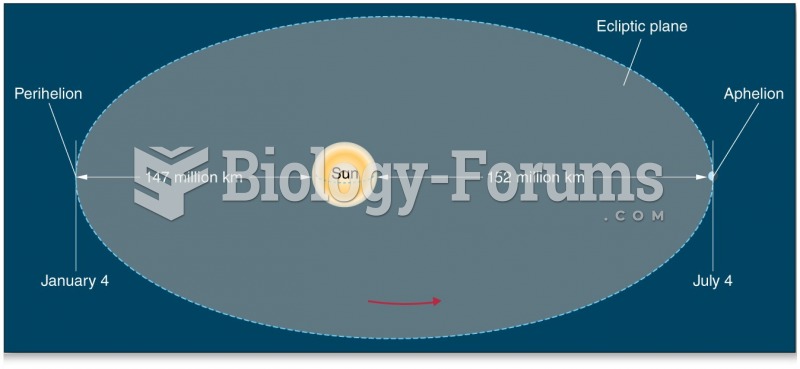Answer to Question 1
The new science engendered a spirit of objective inquiry in philosophy, and inspired new directions in the visual and musical arts.
Like the scientist's quest for objectivity, artists (especially the Dutch masters) practiced the art of describing. Art took on an almost photographic quality, showing a passion for detail and realistic representation. Works of natural landscapes also became popular, showing a close attention to detail and a sensitivity to atmosphere that brought to life a sense of place and the vastness of nature itself. As artists' quest for detail became more involved, the world of science actually provided a way for painters to analyze a scene and recreate all the minutiae. Scholars argue that Vermeer, the exemplar in an age of observation, executed his paintings with the aid of a camera obscura, an apparatus that anticipated the modern pinhole camera.
In music, the empirical method provided a way for instrument makers to experiment and refine their creations. Tuning methods, also, evolved from the mathematical studies of acoustical properties. By the early eighteenth century, musicians were adopting the system of tuning known as equal temperament, whereby the octave was divided into twelve half-steps of equal size. The new attention to improving instruments and systematizing keys mirrored the efforts of scientists and philosophers to bring precision and uniformity to the tools and methods of scientific inquiry. Construction of compositions, too, took on a scientific approach, as composers used rigorous processes to investigate all possible permutations of an idea or theme. Further, the idea of music as an aesthetic exercise, with no religious connotations, was a notable feature of seventeenth-century European culture.
Answer to Question 2
Francis Bacon was the leading advocate of the empirical method, one of the most characteristic features of the Scientific Revolution. The empirical method is a type of inductive reasoning, a process that draws on the particulars of sensory evidence for the formulation of general principles (or axioms). In his work, Novum Organum, he argued that human beings might become the masters and possessors of Nature only through scientific study guided by precise methods. He promoted an objective system of experimentation, tabulation, and record keeping that became the touchstone of modern scientific inquiry. Further, Bacon distrusted human subjectivity, calling it a false mirror and called for objectivity and experimentation, which led to the founding of the Royal Society of London for Improving Natural Knowledge.
Descartes favored a more rational and philosophical approach to understanding. As opposed to inductive reasoning, he favored deductive reasoning. The deductive process begins with clearly established general premises and moves toward the establishment of particular truths. Descartes challenged all things and trusted that the clear and unbiased mind was the source of all natural understanding. His approach lead to Cartesian dualism, the view that holds the mind (a thinking entity) as distinct from the body. His rationalism also bridged the gap between religion and the new sciences. He associated God with the mathematical order of nature, an approach that bridged the gap between religion and science. This belief is known as deism, a natural religion based on human reason rather than revelation.
John Lock also championed the empirical method, using it to make sense of human nature. According to Locke, the human mind at birth is a tabula rasa (blank slate) upon which experienceconsistin g of sensation, followed by reflectionwrites the script. There are no innate moral principles or ideas; human knowledge consists only of the progressive accumulation of the evidence of the senses.







